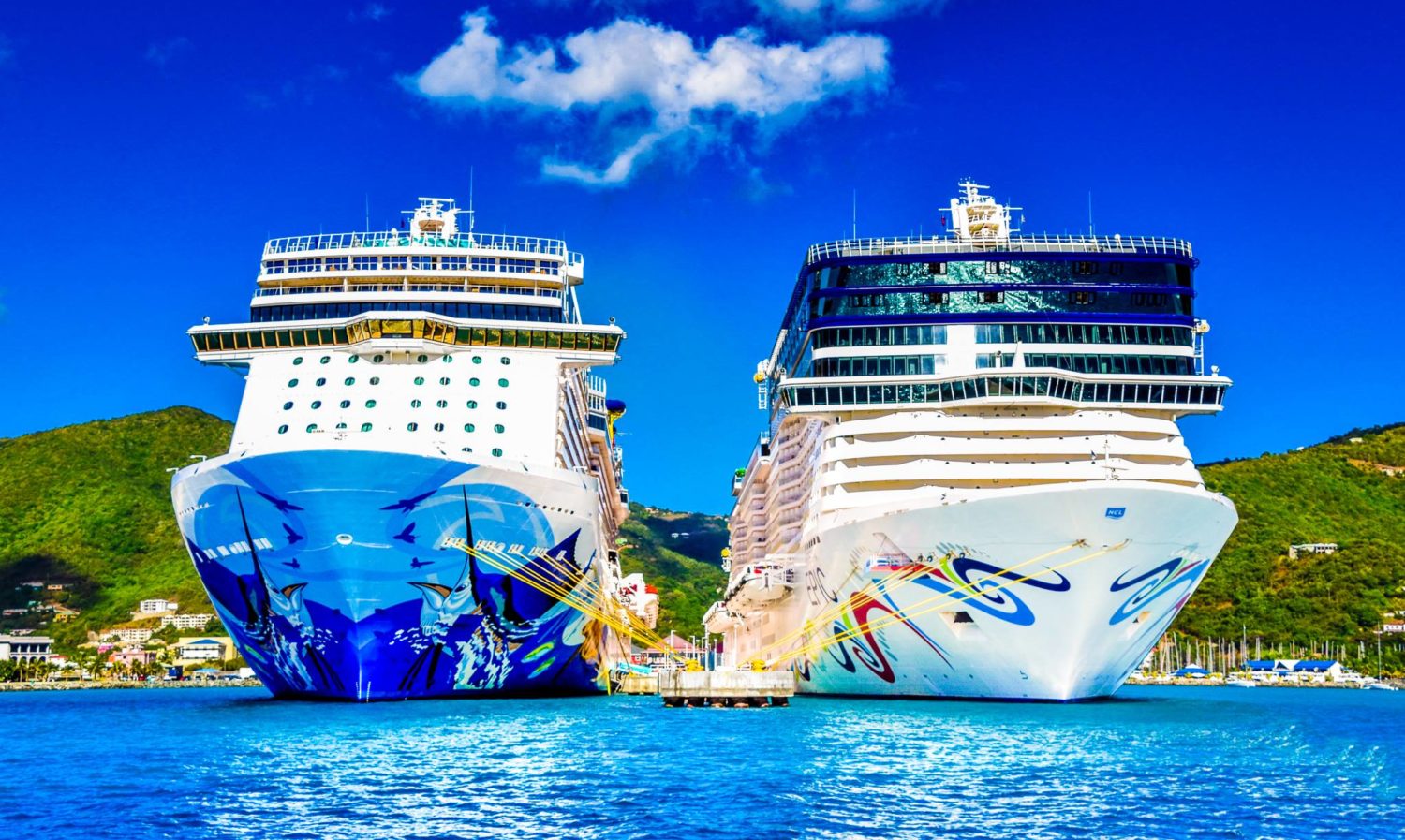Trips for singles over 60 represent a vibrant opportunity for adventure, relaxation, and cultural exploration. This guide delves into the diverse possibilities available to those seeking enriching travel experiences later in life, covering everything from planning and budgeting to safety and social aspects. Whether you dream of active adventures or prefer a more leisurely pace, we’ll explore various trip types, destinations, and practical considerations to ensure your journey is both fulfilling and enjoyable.
We’ll examine the pros and cons of different travel styles, offering tailored advice for those who prefer independent travel versus group tours or river cruises. We’ll also provide detailed budget breakdowns, tips for finding affordable options, and practical resources to simplify the planning process. Crucially, we’ll address the social and safety aspects of solo travel, equipping you with the knowledge and confidence to embark on your next adventure with peace of mind.
Destination Considerations
Choosing the right destination is crucial for a fulfilling solo trip for individuals over 60. The ideal location balances relaxation, cultural enrichment, and ease of travel, catering specifically to the needs and preferences of mature travelers. Factors such as accessibility, climate, and safety should be carefully considered to ensure a comfortable and enjoyable experience.
Three Diverse Destinations for Singles Over 60
Selecting a destination involves weighing various factors. The following three destinations offer diverse experiences while prioritizing the needs of older travelers.
- San Sebastian, Spain:
- Accessibility: San Sebastian boasts relatively flat terrain within the city center, making it easy to navigate on foot or with mobility aids. Public transportation is readily available and generally accessible.
- Climate: The city enjoys a mild, temperate climate, particularly pleasant in spring and autumn. Summers can be warm, but the sea breeze offers relief.
- Cultural Attractions: Rich in Basque culture, San Sebastian offers stunning beaches, world-class restaurants (renowned for pintxos), and a charming old town. The city also hosts numerous festivals throughout the year.
- Quebec City, Canada:
- Accessibility: While some areas of Old Quebec involve cobblestone streets, many attractions are accessible via ramps and elevators. Public transportation is available, and taxis are readily accessible.
- Climate: Quebec City experiences distinct seasons. Summers are warm and pleasant, while winters are cold but often snowy and picturesque. Spring and autumn offer moderate temperatures.
- Cultural Attractions: A UNESCO World Heritage site, Quebec City offers a unique blend of European charm and North American flair. Historic landmarks, charming shops, and a vibrant culinary scene await visitors.
- Santa Fe, New Mexico, USA:
- Accessibility: Santa Fe is relatively walkable, though some areas may have uneven terrain. Public transportation is available, though taxis and ride-sharing services are often preferred.
- Climate: Santa Fe enjoys a high-desert climate with sunny days and cool nights, particularly pleasant in spring and fall. Summers can be hot and dry, while winters are mild but can experience snow.
- Cultural Attractions: Known for its rich Native American and Spanish colonial history, Santa Fe boasts stunning adobe architecture, art galleries, museums, and numerous historical sites. The city is also a hub for Southwestern cuisine.
Factors to Consider When Selecting a Destination
Careful consideration of several factors ensures a smooth and enjoyable travel experience for seniors. Safety, accessibility, and ease of navigation are paramount.
Accessibility for Seniors: This includes assessing the ease of getting around, the availability of accessible transportation, and the presence of ramps, elevators, and other accommodations for those with mobility challenges. Researching specific attractions for accessibility features beforehand is vital.
Safety Concerns: Researching crime rates and local safety guidelines is essential. Choosing well-lit and populated areas, particularly during evening hours, contributes to personal safety. Familiarizing oneself with local emergency services is also advisable.
Ease of Navigation: Consider the layout of the city or region. Is it easy to walk around? Is public transportation readily available and easy to understand? The availability of clear signage and maps can significantly enhance the ease of navigation.
Destination Comparison Table
The following table compares the three destinations based on cost, accessibility, and activities offered. Note that these are general comparisons and individual experiences may vary.
| Destination | Cost (Approximate, per week) | Accessibility | Activities Offered |
|---|---|---|---|
| San Sebastian, Spain | $1500 – $3000 | Good (relatively flat, good public transport) | Beaches, pintxos, cultural sites, festivals |
| Quebec City, Canada | $1200 – $2500 | Moderate (cobblestone streets in Old Quebec, public transport available) | Historic sites, museums, charming shops, winter activities (if applicable) |
| Santa Fe, New Mexico, USA | $1000 – $2000 | Moderate (some uneven terrain, taxis and ride-sharing readily available) | Art galleries, museums, historical sites, Southwestern cuisine |
Social and Safety Aspects
Traveling solo after 60 offers incredible opportunities for personal growth and exploration, but it’s crucial to consider both the social and safety aspects to ensure a fulfilling and secure experience. Building connections and prioritizing safety are key elements for a positive journey.
For many, the thought of traveling alone can feel isolating, but it also presents unique opportunities to meet new people. Active participation in planned activities and a proactive approach to socializing can significantly enhance the travel experience.
Strategies for Meeting Fellow Travelers
Joining group tours or excursions designed for the 60+ age group is an excellent way to meet like-minded individuals who share similar interests and travel styles. These structured settings provide ample opportunities for conversation and shared experiences, fostering camaraderie. Consider joining walking tours, cooking classes, or wine tastings – activities that encourage interaction and conversation. Additionally, engaging with other guests at your hotel or accommodation can lead to unexpected friendships. Striking up conversations during meals or at common areas can spark meaningful connections.
Safety Considerations for Solo Travelers
Safety is paramount, especially for solo travelers over 60. Comprehensive travel insurance is a must, covering medical emergencies, trip cancellations, and lost luggage. Before departure, inform family or friends of your itinerary, including flight details, accommodation information, and planned activities. Regular check-ins can provide peace of mind for both you and your loved ones. It is also advisable to carry a copy of your passport and other important documents separately from the originals.
Recommendations for Staying Safe and Healthy
Prioritizing health and safety during independent travel is crucial. This involves being aware of your surroundings, avoiding walking alone in poorly lit areas at night, and using reputable transportation services. Staying hydrated and eating nutritious meals are essential for maintaining energy levels and preventing illness. Familiarize yourself with local emergency numbers and have a plan in place for unexpected situations. Consider packing a small first-aid kit containing essential medications and supplies. Regularly consulting your doctor before and during your travels is also highly recommended, especially for individuals with pre-existing medical conditions. Staying connected through a mobile phone with international roaming or a local SIM card allows for easy communication in case of emergencies. Sharing your location with trusted contacts via a location-sharing app can also provide additional security.
Post-Trip Reflection and Sharing
Returning from a fulfilling solo adventure requires more than just unpacking your suitcase; it’s about preserving the memories and sharing the joy of your journey with others. Taking the time to reflect on your experiences enriches the overall trip and allows you to savor the moments long after you’ve returned home. This process not only helps you personally but also provides opportunities to connect with loved ones and inspire others to embark on their own adventures.
Documenting and sharing your experiences is crucial to preserving the memories of your trip. Several methods can effectively capture the essence of your journey, ensuring that these precious moments are not forgotten.
Methods for Preserving Travel Memories
A thoughtfully kept travel journal can be a treasure trove of memories. Beyond simply listing daily activities, consider incorporating personal reflections on your experiences, capturing your emotions, and noting interesting observations. Add pressed flowers, ticket stubs, or small mementos to create a multi-sensory record of your journey. High-quality photographs provide a visual record, capturing the landscapes, landmarks, and people you encountered. Consider using a dedicated travel journal specifically designed for easy storage of photos and other ephemera. Creating a scrapbook allows for a more artistic approach to preserving memories. Arrange photographs chronologically or thematically, adding captions, journaling entries, and other mementos to create a visually appealing and personalized narrative of your trip. Consider using themed stickers or embellishments to add visual interest and personalization. For example, if your trip was to Italy, you could use Italian-themed stickers or stamps.
Sharing Travel Experiences with Friends and Family
Sharing your travel experiences with friends and family is a wonderful way to relive the memories and inspire others. A slideshow presentation using your photographs, set to music, can be a captivating way to share your journey. You can narrate your experiences, highlighting key moments and anecdotes. Alternatively, you could create a short video using video clips and photos, adding music and text overlays to enhance the visual storytelling. This approach is increasingly popular and easy to share online through platforms like YouTube. Consider compiling a photo album or scrapbook and gifting copies to close friends and family members. This personal touch allows them to enjoy your travel story in a tangible and lasting way. You can add handwritten notes and captions to personalize each copy, making them even more special. For a more informal approach, share photos and stories on social media, but remember to respect privacy and only share content that you’re comfortable with. You could also host a small gathering where you share photos and stories with friends and family over refreshments. This allows for more interactive storytelling and fosters a sense of community.
Creative Ways to Showcase Travel Photos and Stories
Beyond the traditional methods, several creative approaches can showcase your travel photos and stories. Consider creating a thematic photo wall at home, arranging your photos in a visually appealing way. This could be a chronological display, a geographical map layout, or a thematic arrangement based on activities or landscapes. Another idea is to design custom greeting cards or calendars featuring your favorite travel photos. This is a thoughtful way to share your memories with loved ones and add a personal touch to your correspondence. You could also use your travel photos to create personalized gifts, such as mugs, tote bags, or phone cases. This is a fun and unique way to showcase your memories while also creating personalized items for yourself or others. For those with a flair for writing, you could consider creating a travel blog or writing a short story based on your experiences. This is a more ambitious project but can be incredibly rewarding and provide a lasting record of your journey. You could also submit your stories or photos to travel magazines or websites, sharing your experiences with a wider audience.
Outcome Summary
Planning a trip as a single traveler over 60 can seem daunting, but with careful planning and preparation, it can be a truly rewarding experience. By considering your interests, budget, and desired level of activity, you can curate a journey that perfectly aligns with your needs and preferences. Remember to prioritize safety, embrace the opportunity to connect with fellow travelers, and most importantly, enjoy the journey! This guide has provided a comprehensive overview, equipping you with the tools and knowledge to embark on a memorable and fulfilling adventure. So, pack your bags, embrace the unknown, and create unforgettable memories on your next trip.




